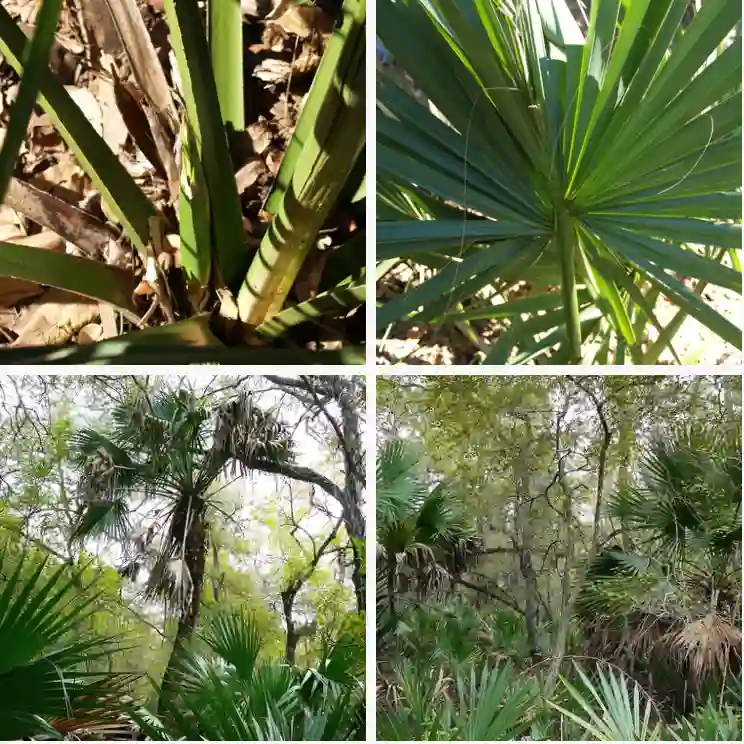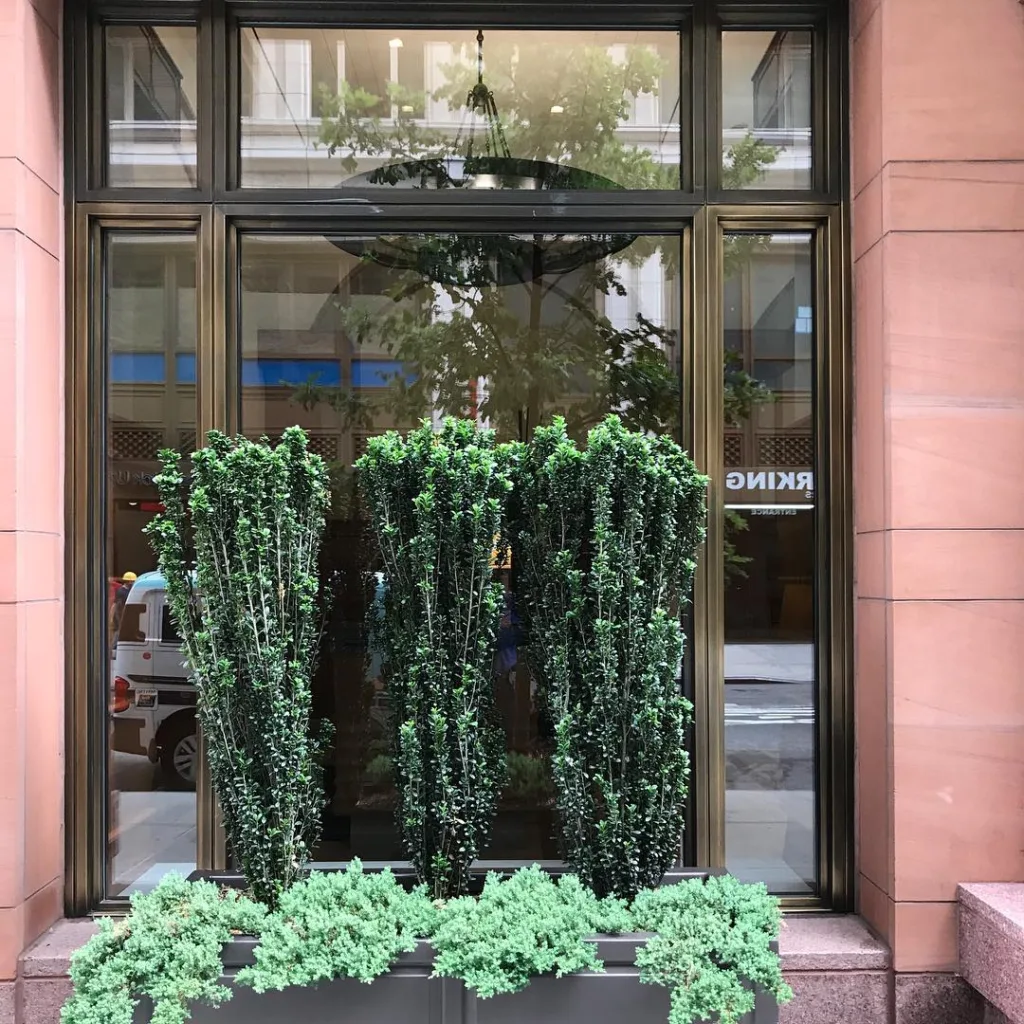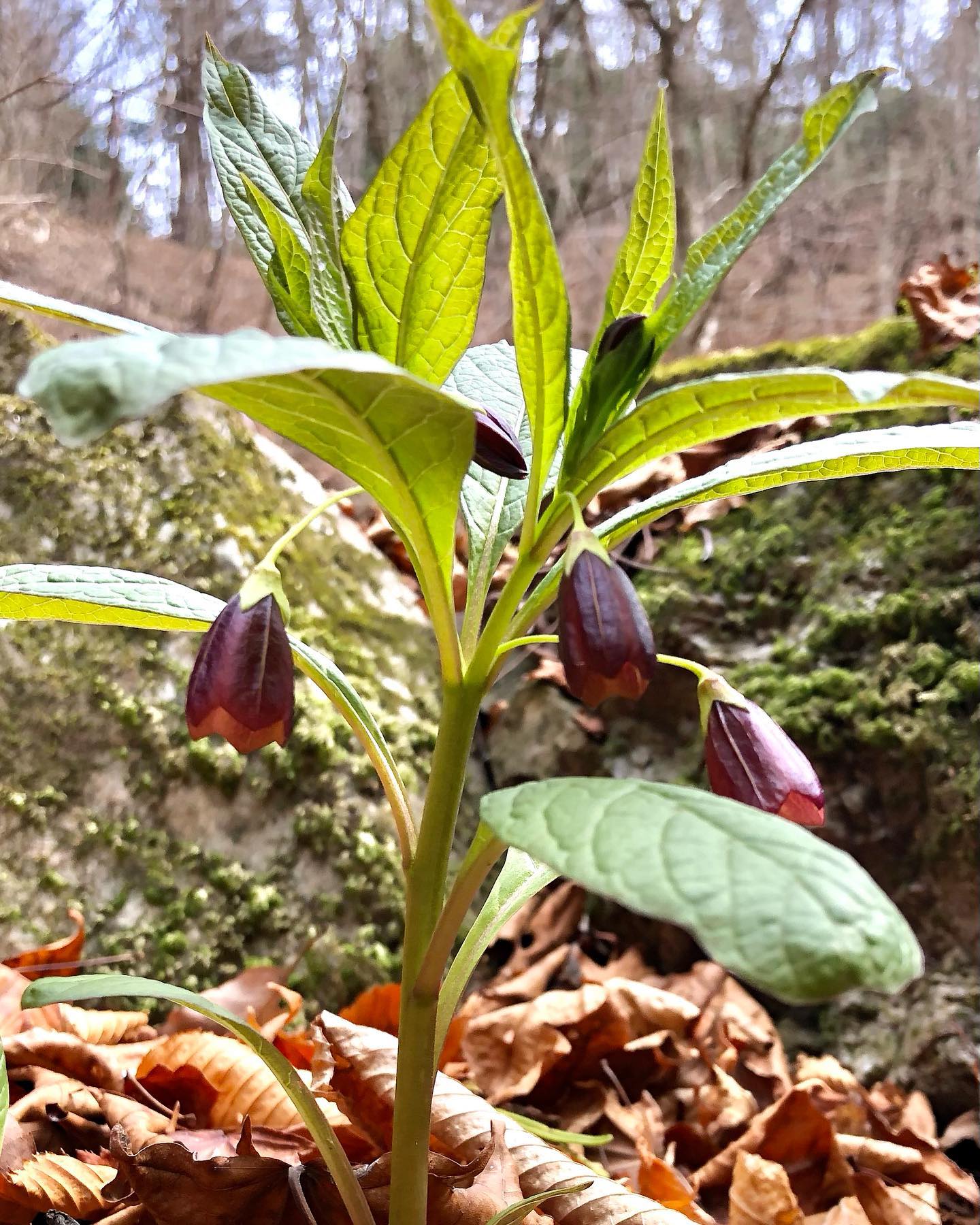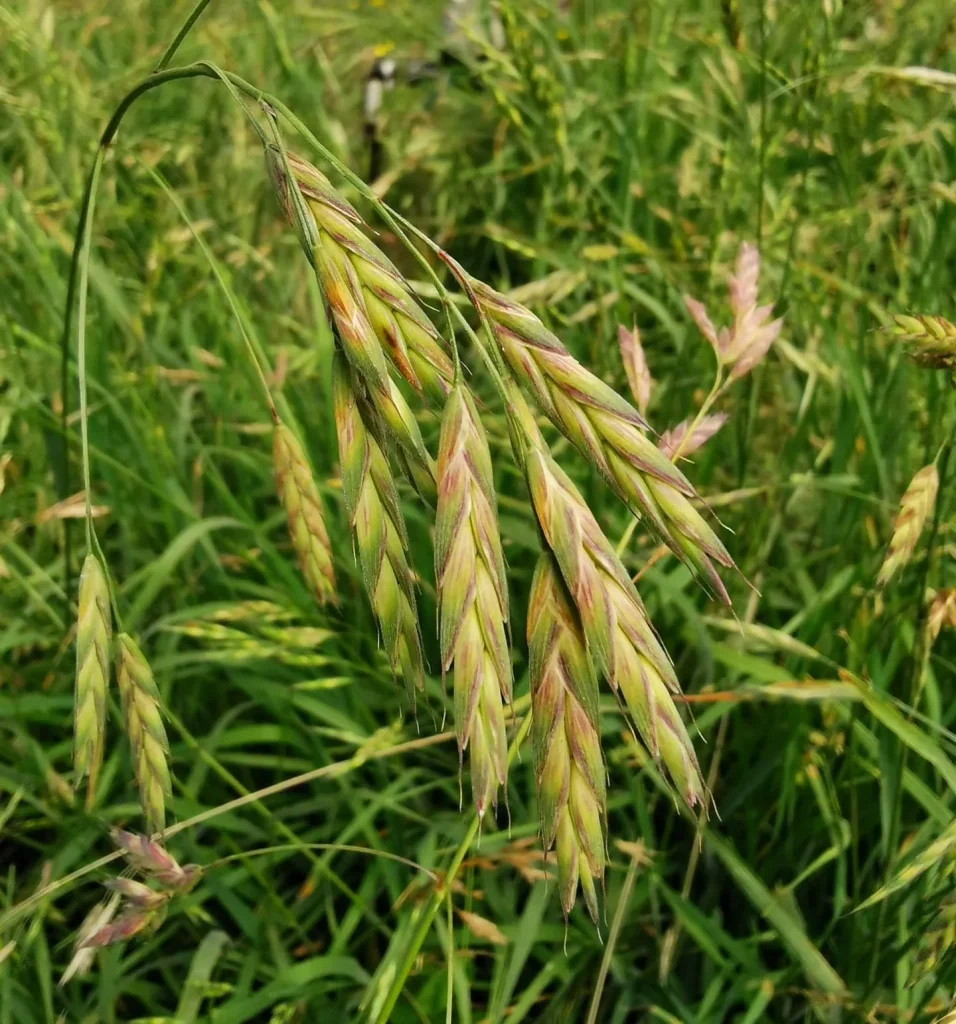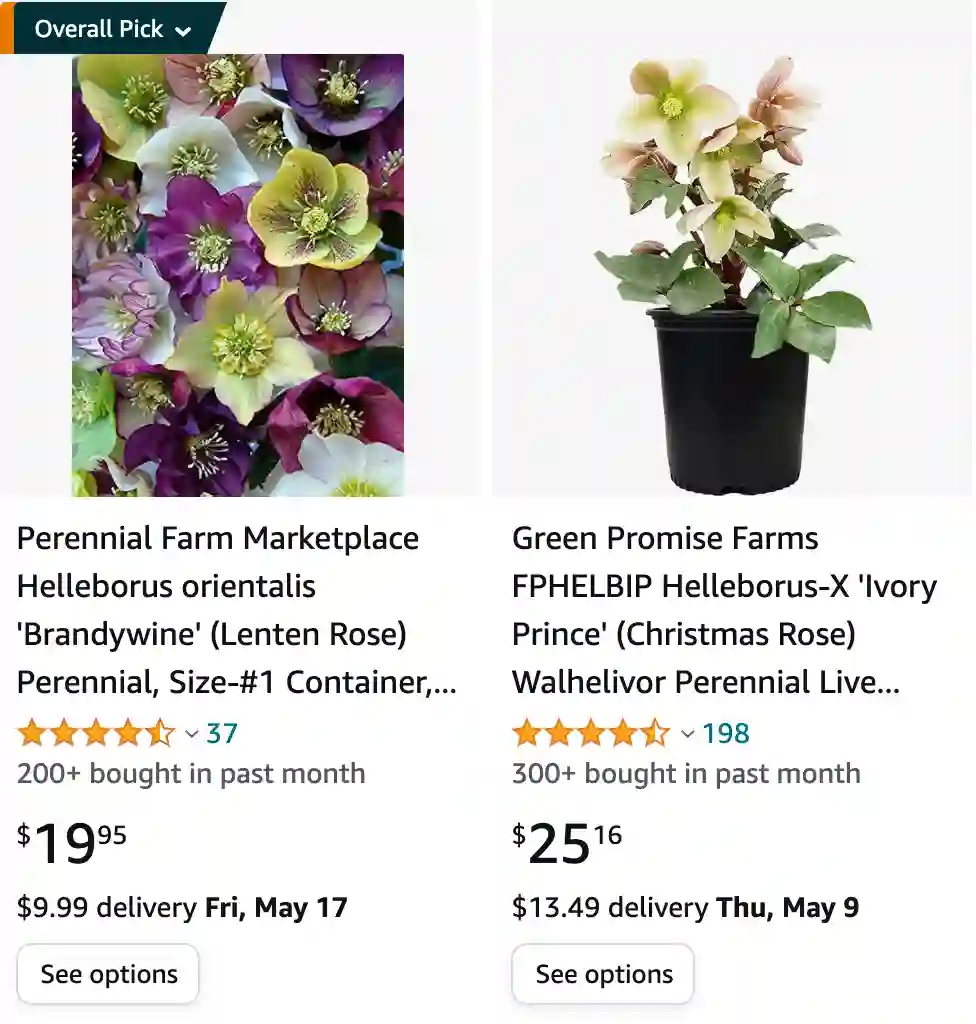
When to plant hellebores?
I’ve had the best luck planting hellebores in the fall, usually sometime in October or November. The weather’s still cool here, and the ground is nice and moist from the fall rains. It gives them a chance to establish their roots before the winter hits. I planted some in spring once, and they seemed to struggle a bit more during the hot summer months. Fall planting definitely seems the way to go for me!
How should hellebore feel?
Hellebores shouldn’t feel tough and leathery like some other plants. When they’re happy and healthy, the leaves should feel smooth and cool to the touch, almost waxy. They might be a little bit firm, but not stiff. Think of how a fresh aloe vera leaf feels – that’s a good comparison! If the leaves get too dry or crispy, it’s a sign they need some water.
What to do with hellebores in summer?
Summer is a bit of a rest and relaxation period for my hellebores. They’ve put on a fantastic show of blooms in the winter and spring, and now it’s time for them to focus on building up their strength for next year’s performance. I usually just leave them be for the most part. Occasionally, I’ll give them a good soaking if we have a long stretch of hot, dry weather, but other than that, they’re pretty low maintenance. In early summer, I might deadhead the spent flowers and remove any old or diseased leaves to keep things tidy and prevent pests. But mostly, it’s hands-off time so they can recharge for their winter magic!
Are hellebores deer resistant?
Absolutely! That’s one of the things I love most about them. Deer can be such a pain in the garden, munching on all my favorite things. But hellebores? They seem to leave them completely alone. Maybe it’s the glossy leaves, or maybe they just don’t find them tasty. Whatever the reason, I’ve never had a problem with deer nibbling on my hellebores. It’s a relief knowing I can plant these beauties without worrying about them becoming a deer buffet!
Where to buy hellebores?
I’ve found that the best places to buy hellebores are often local nurseries or garden centers. There’s something special about browsing through the selection they have on offer, seeing the plants up close, and chatting with the staff who often have a wealth of knowledge about gardening in the local area. Plus, buying from local businesses helps support the community and ensures you’re getting plants that are well-suited to your climate. I’ve also had some luck finding unique varieties online from specialty plant retailers, but there’s a certain charm in the experience of picking out hellebores in person.
How to propagate hellebores?
I’ve had the best results propagating hellebores by division, though I hear you can also try growing them from seed if you’re feeling adventurous. Division seems easier, especially for a beginner like me. Fall is the ideal time to tackle this project, when the plant is dormant. You carefully dig up the main plant and use a garden fork to gently separate the thick, fleshy roots (rhizomes) into sections, each with a few healthy eyes or buds. Then you plant those divisions in new spots around the garden, keeping them well-watered until they establish themselves. It can take a year or so for them to start blooming again, but the reward of new hellebore babies is definitely worth the wait!
Are hellebores poisonous to cats?
Absolutely! This is one thing I’m very cautious about since my cat, Mittens, seems to enjoy nibbling on anything vaguely leafy. Hellebores, unfortunately, are quite poisonous to cats, all parts of the plant. They contain toxins that can cause serious health problems if ingested. The worst part is, Mittens usually goes for the pretty flowers, which seem especially tempting. Because of that, I don’t plant my hellebores anywhere she can easily reach them. Better safe than sorry! I keep them in pots on a high deck and enjoy their beauty from afar. If you have a curious cat like mine, it’s best to admire hellebores from a distance or find them a safe, cat-free spot in your garden.
How long do hellebores bloom?
My hellebores are real troopers when it comes to blooming! They put on a fantastic show for weeks and weeks. Depending on the variety and the weather, I can usually expect them to bloom for anywhere from six to eight weeks. The flowers themselves might not be huge, but they pack a punch with their color, and they just keep going on and on. Even after the blooms start to fade, the flower heads can be quite attractive for a while, especially as some varieties change color slightly as they age. It’s like a month-long flower festival in my garden, right when I need a burst of color after the winter!
How to prune a hellebore?
Pruning hellebores is actually pretty easy, and it helps keep them looking their best throughout the year. I usually wait until late winter or early spring, just as new growth starts to emerge. That way, I can easily see what to remove. Here’s what I do:
First, I grab my trusty pair of sharp pruners. Sharpness is key here to avoid damaging the stems. Then, I carefully cut away all the old, tired leaves right at the base of the plant. These leaves might be floppy, discolored, or even show some winter damage. Don’t be shy about removing them – it makes way for the beautiful new growth coming up. Some gardeners like to keep some of the old leaves for a more natural look, but I prefer a clean sweep to really showcase the new flowers.
I also like to deadhead the spent flower stalks after the blooms start to fade. This keeps the plant looking tidy and prevents it from putting energy into seed production. Just snip off the flower stalk where it meets the main stem. It’s a simple process that takes just a few minutes, but it makes a big difference in the overall look of the plant. And that’s it! With a little pruning love, my hellebores are ready to put on another stunning display for the season.
What do hellebores symbolize?
In my experience, hellebores have a whole bouquet of symbolic meanings! They bloom during the bleak winter months, bringing a pop of color and life when everything else seems dormant. For me, they represent hope and resilience – a reminder that even in the toughest times, beauty can still emerge.
The Victorians apparently associated them with delirium, which isn’t exactly a cheerful meaning! But luckily, that symbolism seems to have faded away. Nowadays, I mostly hear people talk about hellebores representing peace, serenity, and tranquillity. Their gentle, nodding flowers and calming color palette definitely evoke that feeling.
Ultimately, though, the symbolism you choose is personal. Maybe hellebores remind you of a special winter memory, or perhaps their unique charm resonates with you. The beauty of flowers is that they can trigger all sorts of emotions and associations – that’s what makes them so special!
What to plant with hellebores?
Since your hellebores thrive in partial shade and well-drained, moist soil, there are many great options to pair them with for a beautiful year-round garden! Here are a few ideas based on what I’ve enjoyed:
- Spring companions: Spring bulbs like snowdrops, daffodils, and tulips are fantastic partners for hellebores. The bulbs erupt in color just as the hellebore flowers start to fade, creating a wonderful succession of blooms. Plus, the hellebore foliage helps hide the dying foliage of the bulbs as they retreat underground for the summer.
- Shade-loving perennials: Hostas and ferns are classic choices for a reason. Their lush green foliage provides a beautiful backdrop for the hellebore blooms, and they all share similar light and moisture requirements. Bleeding hearts (Dicentra) with their delicate pink flowers or coral bells (Heuchera) in a range of vibrant colors also add a touch of magic to the shade garden.
- Touch of color: Begonias and fuchsias are lovely flowering annuals that bring a pop of color in the summer when the hellebores are taking a break. They also prefer partial shade, so they’ll be happy companions throughout the season.
- Shrubs for structure: Azaleas and rhododendrons are beautiful flowering shrubs that share similar growing conditions with hellebores. They provide a bit of structure and height in the garden, and their springtime blooms complement the hellebores nicely.
No matter what you choose, remember to consider the mature size of the plants to ensure they don’t crowd each other out. With a little planning, you can create a stunning shade garden that provides visual interest throughout the year, with hellebores as the elegant stars of the winter show!
When to fertilize hellebores?
There are actually two times a year that are ideal for fertilizing hellebores:
- Early Spring: This is a light feeding to give them a boost after they’ve finished blooming and are starting to produce new growth. A light application of balanced or slow-release fertilizer, or a side-dressing with compost and organic amendments, works well.
- Fall: This is especially important as they’re setting flower buds for the following winter and spring. They’ll appreciate a boost of phosphorus and potassium to support flower development. You can use a liquid fertilizer or sprinkle a slow-release formula around the base of the plant.
Just remember, moderation is key! Hellebores are not heavy feeders, so overdoing it on fertilizer can actually harm them. By giving them a little nourishment in these key seasons, you’ll help them thrive and keep those beautiful blooms coming year after year.
Are hellebores invasive?
The invasiveness of hellebores can be a bit of a gray area, depending on who you ask. Here’s what I’ve encountered:
- Generally not invasive: Many gardening resources, like university extension programs, classify hellebores, particularly the straight species, as not invasive. They tend to spread slowly by rhizomes and don’t aggressively crowd out native plants.
- Potentially problematic hybrids: Some gardeners, especially those in areas concerned about invasive species, raise concerns about hellebore hybrids. These can be quite prolific seeders, and the seedlings might grow in unwanted areas.
- Depends on your location: Ultimately, whether hellebores are considered invasive can depend on your specific location and the native plant communities there. If you’re worried, it’s always best to check with your local gardening experts or native plant societies.
In my own experience, my hellebores haven’t shown any signs of aggressive spreading, but it’s something I’m mindful of. I deadhead the flowers before they set seed, just to be on the safe side.
Can hellebores be grown indoors?
While hellebores are typically outdoor plants that thrive in cooler temperatures, you can definitely bring the winter charm indoors for a short period with some adjustments. Here’s what I’ve learned about keeping them happy inside:
- Think cool, not cozy: Unlike most houseplants, hellebores prefer chilly environments. An unheated room with bright, indirect light is ideal. A drafty windowsill or a cool sunroom might be the perfect spot. Avoid placing them near heat sources or vents.
- Water wisely: Hold off on frequent watering. These guys are used to moist but well-drained soil, not constantly wet feet. Stick your finger in the soil – if the top inch feels dry, give it a drink. Soggy soil can lead to rot.
- Short-term guests: While they might tolerate indoor conditions for a few weeks, hellebores aren’t meant to be permanent houseplants. They need a period of cold weather to set buds for next year’s blooms. Enjoy them indoors during winter, but plan to transition them outside in early spring when the danger of frost has passed.
- Temporary beauty: Blooms might not last as long indoors as they do outside in the cooler air. But with proper care, you can still enjoy their elegance for a few weeks and add a touch of winter magic to your home. Just remember, they’ll be happiest back in the garden come spring!
Is hellebore poisonous to dogs?
Absolutely! This is something I’m very cautious about with my dog, Milo. All parts of the hellebore plant are poisonous to dogs, just like they are to cats. They contain toxins that can cause serious health problems if ingested. The worst part is, dogs tend to be curious sniffers and might be tempted by the leaves or even the flowers.
Because of that, I make sure to plant my hellebores in areas where Milo can’t reach them. I usually keep them in pots on a high deck or in a fenced-in flower bed that he can’t access. Better safe than sorry! If you have a dog and are considering hellebores, it’s important to be extra vigilant about keeping them out of reach. If you suspect your dog might have ingested some hellebore, contact your veterinarian or animal poison control center immediately.
If i die, water my plants!
